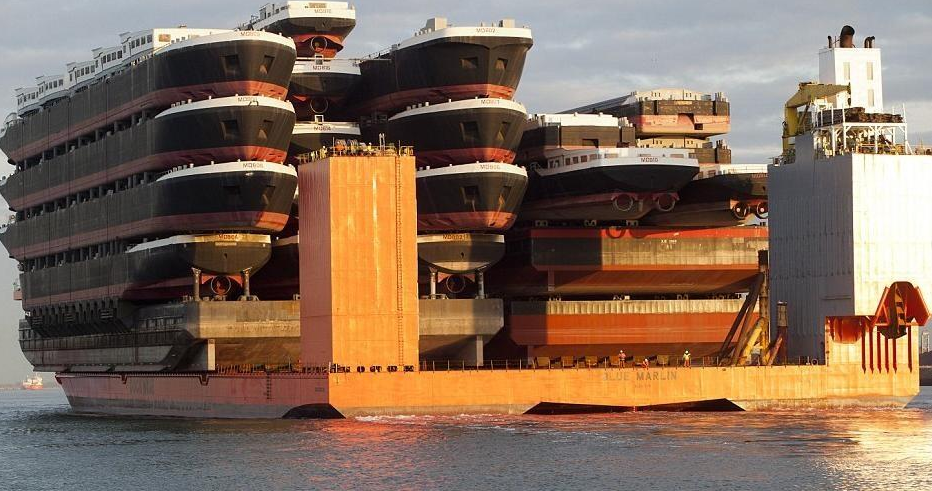Baltic Dry Index Hype over China leading recovery
Post on: 16 Март, 2015 No Comment

FOLLOW US
The bulls argue that the jump in shipping rates, as shown in the Baltic Dry Index, indicates rising commodity demand and thus the revival of the world economy. But I think we have to look at China to get some important i..
02 Jul 2009
By Claus Vogt
The Baltic Dry Index, which measures the freight rates for dry cargo traveling by ship, hit an all time high of 11,793 on May 5, 2008. Then it plunged to 663 on December 5, a decline of 94.4 percent. It was as if trade was coming to a standstill. However, freight rates soon started to recover
Since its December low, the index is up to approximately 4,000 for a whopping gain of some 500 percent! And the green shoot crowd is pointing to this surge as proof of the revival in world trade, even though the index is still down 68.6 percent from its May 2008 high.
If you examine the history of the index, it will look very volatile. The recession started in December 2007. But the Baltic Dry Index made its all time high five months later! So if you compare it to the business cycle, an important conclusion can be drawn: This index does not qualify as a leading economic indicator. At best it may be a coincident indicator and its probably a lagging one.
Explore Commodity Online Mobile Services
So to use its current rebound as proof of a recovery in the world economy is, well, somewhat aspiring.
What the Index Is Actually Showing:Chinese Inventory Buildups and Speculation
The bulls argue that the jump in shipping rates, as shown in the Baltic Dry Index, indicates rising commodity demand and thus the revival of the world economy. But I think we have to look at China to get some important insights concerning this superficial argument
Chinas commodity imports have skyrocketed during the past months because of two important reasons:
The Chinese are reported to have taken advantage of beaten-down commodity prices to build their strategic reserves. That makes a lot of sense for a commodity hungry country like China and can be seen as part of a typical inventory build up after a huge slump. This may be the prelude of a recovery. But it may also turn out to be just part of an inventory cycle due for another slump if no recovery shows up.
There seems to be a commodity speculation frenzy going on in China. Many corporations have begun storing much more commodities than needed. This means that theyre speculating on rising prices in a big way! On June 22, Bloomberg reported that China may begin a crackdown on such speculation. And if the Chinese government has admitted speculation could be a problem, it has to be huge!
In 2008, hedge funds became the big victims when commodity prices nosedived. This time, Chinese corporations may be the main sufferers. And this may turn out to be an important aspect in evaluating the soundness of the Chinese recovery currently underway.
Other Freight Rates Are Still Falling
The importance of Chinese commodity hording and speculation becomes clearer when looking at other freight rates.
For instance, container vessels reflect the movements of goods instead of raw materials. So their behavior is more representative of whats going on with sales of finished goods. And they exclude any possible commodity speculations.
According to Germanys Commerzbank, freight rates of container vessels are down 75 percent from early 2008. More importantly, they declined by almost 30 percent this year and hit a new low in June.














